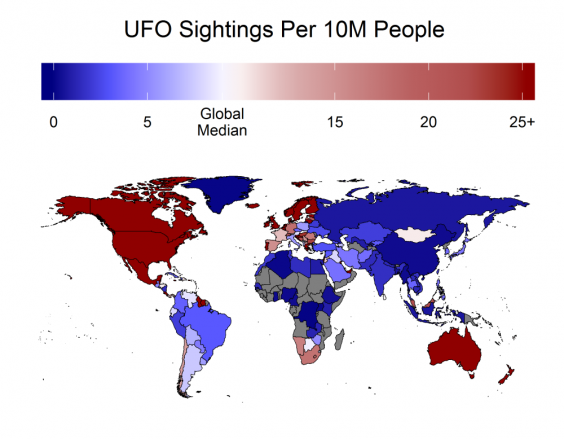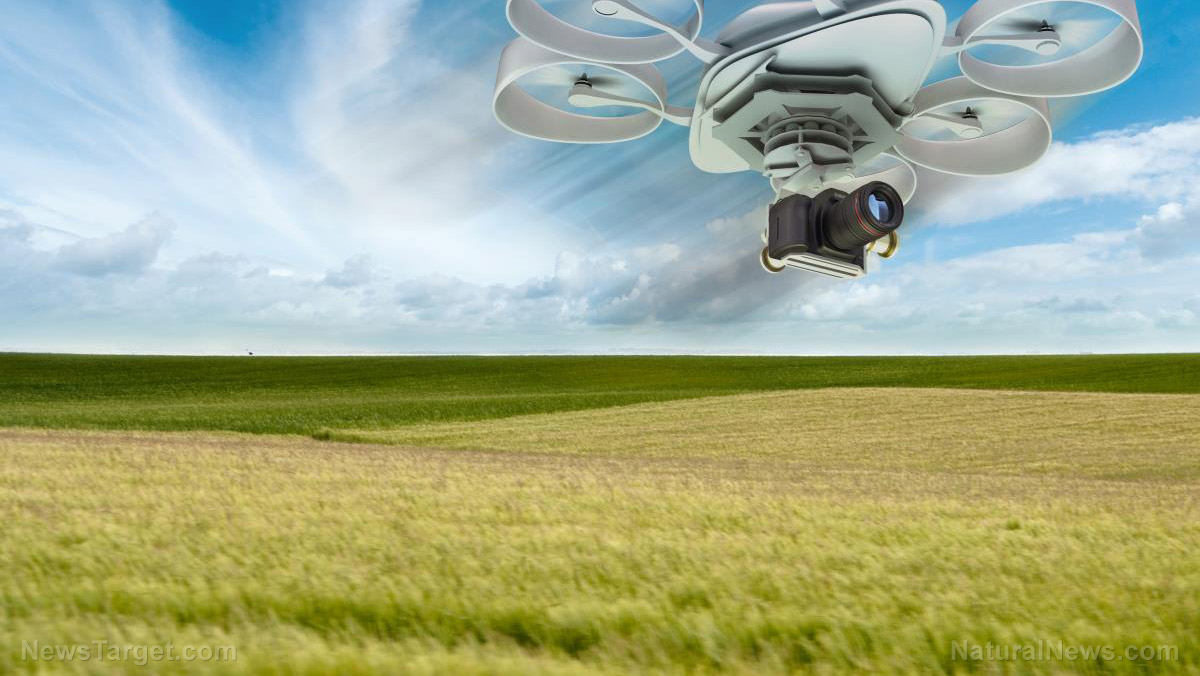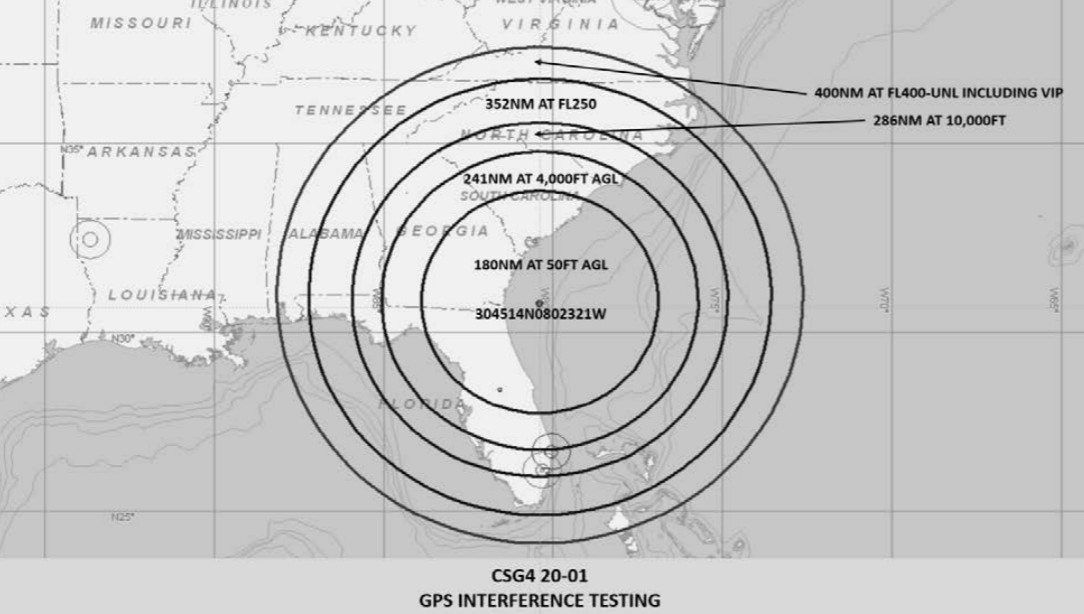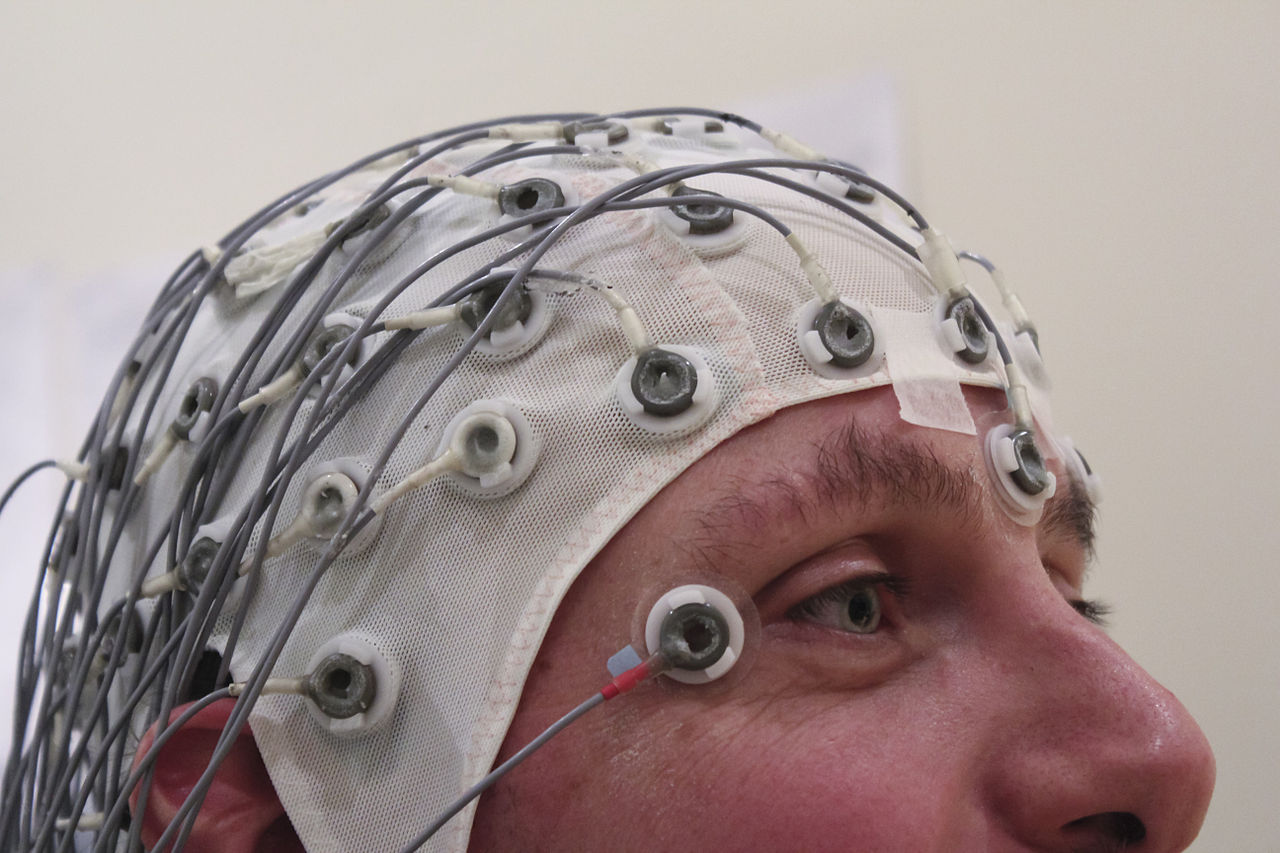Researchers develop an algorithm that tells robots where humans are going: Tool can soon allow humans and robots to work in a factory setting… or someday hunt us like prey
02/03/2020 / By Lance D Johnson
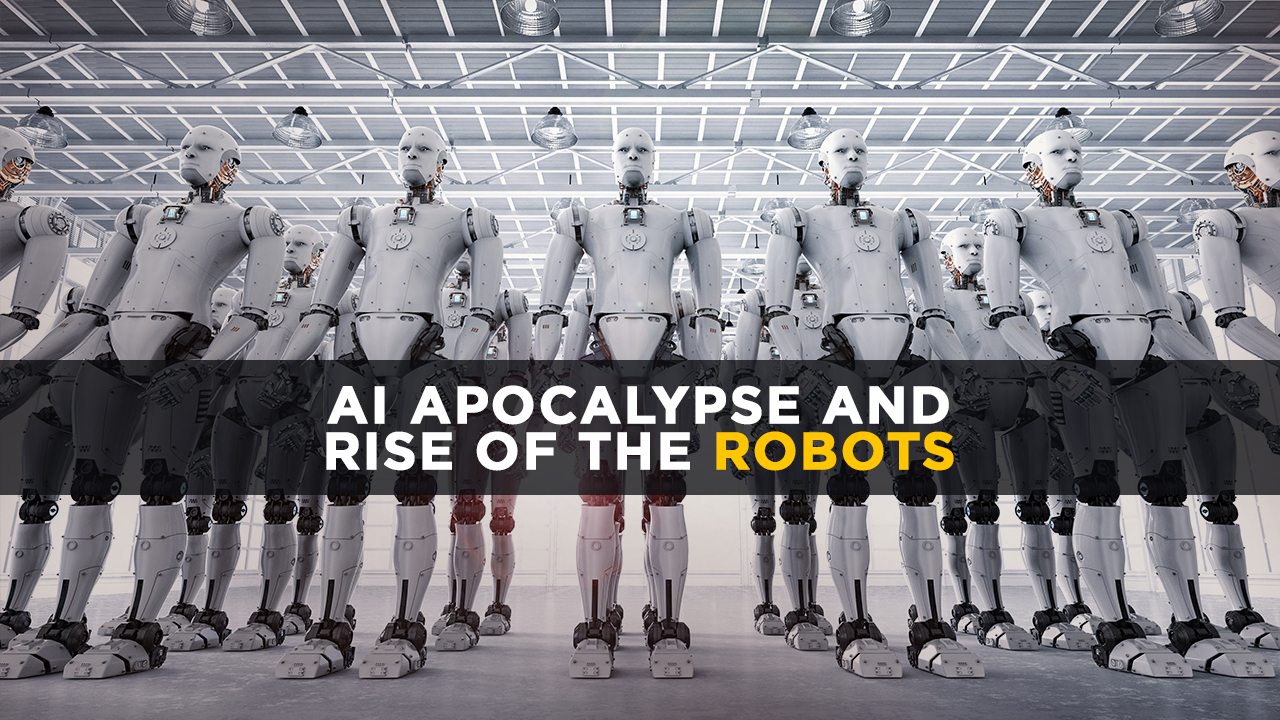
Researchers from the Massachusetts Institute of Technology (MIT) have been working alongside auto manufacturing company BMW to develop an algorithm that tells robots how to predict human movement and how to respond accordingly.
Factory workers are beginning to work in close proximity to robots. Researchers are trying to enhance the efficiency of robots so that they can work alongside humans and judge their movements with precision. By anticipating human movements, robots will be able to complete tasks faster.
Algorithm allows robots to predict human movements, beneficial for factory settings
In factory tests, robots were tasked with delivering parts between work stations. Occasionally a human worker crossed the robot’s path. The robot, programmed to stop if a person passes by, would often freeze too soon, long before a person crossed its path. When a new trajectory alignment algorithm was put in place, the robot became braver and its motion predicting software became more precise. With the upgraded algorithm, the robots could accurately predict where a person was headed and could anticipate how long the person would remain in the projected path. The robot began to accurately predict how long it takes a person to stop and when they might double back across the robot’s intended path.
The MIT researchers found a way to accurately align partial trajectories in real time. The motion detectors not only sensed movement but they could accurately predict the timing of a person’s movement. When the enhancements were applied on the BMW factory floor, the robots gained tremendous judgment and skill, rolling through their movements without hesitation or stall. When human workers doubled back across a robot’s path, the robot had already predicted the movement and was already safely out of the way and still performing tasks.
“This algorithm builds in components that help a robot understand and monitor stops and overlaps in movement, which are a core part of human motion,” says Julie Shah, associate professor of aeronautics and astronautics at MIT. “This technique is one of the many ways we’re working on robots better understanding people.”
The motion prediction can also be used as a pre-processing step for other interactions between humans and robots such as action recognition and gesture detection. The algorithms will enable robots to recognize human movements and human behaviors, allowing robots to respond and make critical judgments about human interactions.
An algorithm like this could, one day, allow robots to hunt us down like prey
If an algorithm can train a robot to predict human movement and clear a human’s path, then that same programming can be used for more nefarious purposes. As militaries adopt artificial intelligence into their ranks, predicting human movement on the battlefield becomes a sincere field of study for strategists. Obstructing a human’s path with lethal robots becomes the end game. As researchers continue to advance robots to “better understand people,” one must wonder how this could hurt us all in the end. An algorithm that helps robots sense human movement and predict a person’s next course of action could be used on the battlefield to take out entire armies of people. Political dissidents will readily be cornered and taken out by a small fleet of robots operated by an all-powerful government. Assassins could use these algorithms to predict their target’s next move, sending in sophisticated robots to do their killing.
As humans and robots integrate, it won’t be long before these algorithms are used to control people and carry out unspeakable acts of terror and bloodshed. For more on this topic, check out Robotics.News.
Sources include:
Tagged Under: algorithms, breakthrough, control, cyber wars, dangerous tech, depopulation, drones, factory work, future science, future tech, goverment, Human Behavior, human movement, military tech, predicting movement, robocars, robot interactions, robotics, robots, terminators
RECENT NEWS & ARTICLES
COPYRIGHT © 2018 MILITARYTECH.NEWS
All content posted on this site is protected under Free Speech. MilitaryTech.news is not responsible for content written by contributing authors. The information on this site is provided for educational and entertainment purposes only. It is not intended as a substitute for professional advice of any kind. MilitaryTech.news assumes no responsibility for the use or misuse of this material. All trademarks, registered trademarks and service marks mentioned on this site are the property of their respective owners.

